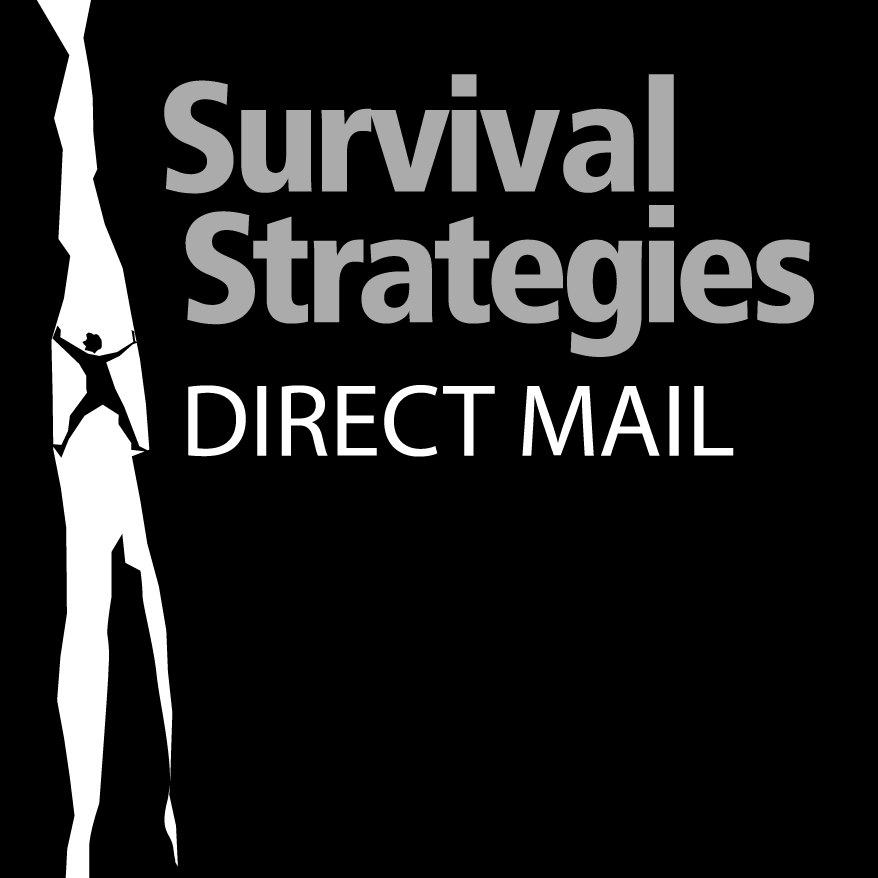Homer J. Buckley, the man who came up with the term “direct mail,” established Buckley- Dement and Company, the first firm to describe its business as direct mail advertising in 1905. His book, The Science of Marketing by Mail, written in 1924, is one of the foundations upon which this science is built. Its contents should be reviewed in light of what you are trying to do with your business using direct mail.
Here are his direct mail fundamentals:
1. Use Statistics.
If you mail ten letters and get no response, change the letter. If you mail ten letters and get one respondent, you have a 10% response rate. Measure everything you do, and follow Homer’s advice: “The best way to maximize results is to test, test, test.”
2. Use Direct Mail to Lead to Sales.
The letter or email you write, the postcard you send, is all designed to lead to the sale of your service. Keep “the sale” foremost in your mind.
3. Use Direct Mail to Open New Territory.
Find an area that matches the profile of your target market. Then use direct mail to “introduce yourself.”
4. Use Direct Mail to Strengthen Your Image.
A personal letter or email to your current customers goes a long way to bonding you to them. They, in turn, will tell their friends about you.
5. Use the Direct Mail to Keep Customers Sold.
If everyone is using email, using mail differentiates you! Drop your customers notes and keep them informed about your latest designs or product updates.
A direct mail “package” is usually comprised of a letter, brochure, and response vehicle (like a business reply card). But, “direct mail” is not limited to this format. There are postcards… self-mailers…over-sized postcards… dimensional mailings…continuity mailings…the list is almost endless.
Test your ideas in different formats. One real estate agent, seeking our advice, was somewhat reluctant to do mail, since everyone else was doing email. Our advice? Well, if everyone is doing it, the only way to stand out is not to do it, but do something else. He tried it, and has been mailing his newsletter (a one- page, one sider) in an envelope with significant results. In fact, he attributes his success (selling homes in this type of market) to staying in touch and using this tactic as part of his “keeping the pressure” on his targets.
Here are additional fundamentals to consider before embarking on your direct mail campaigns.
1. Know your market.
This a fundamental rule of almost all of marketing, but especially for direct mail. Unless you have an idea of who you are talking to, how do you talk to them on a one-to-one basis?
2. Look at the lifetime value of your customers and prospects, not the short-term results.
When you design a home or part of a home your customers “live” with your work day after day, year after year. If you have achieved your purpose (pleasing them), guess what they will do the next time they need a service like yours or one of their friends needs what you are offering? That’s what is meant by “lifetime value” – a concept that often gets lost in the day-to-day world of fast pace we live in.
3. Don’t over-complicate your direct mail.
The best mailings convey ideas simply. Focus on getting one idea across at a time. However, “complicated” doesn’t necessary mean “short.” Tell stories, because people remember stories. They make your marketing more credible.
4. Always pay attention to the offer in any direct mail campaign.
In fact, whatever you send “in the mail” should have an offer in it – something that the respondent will perceive as “value.” Keep in mind the following when you create an offer. Be specific. “Visit our website for more information” is not an offer. Yours must be tangible and specific (for example, a no-obligation, 90- minute consultation). Try to be Exclusive. Make your offer to only a select few or put a time limit on it. Put a value on your offer. If you are offering your consultation, what is the value of it on a per hour basis (i.e., We are offering you a 90-minute consultation – a $225 value – at no obligation). Finally, make sure the offer is relevant. Offering that consultation to people who just remodeled their home is irrelevant.
